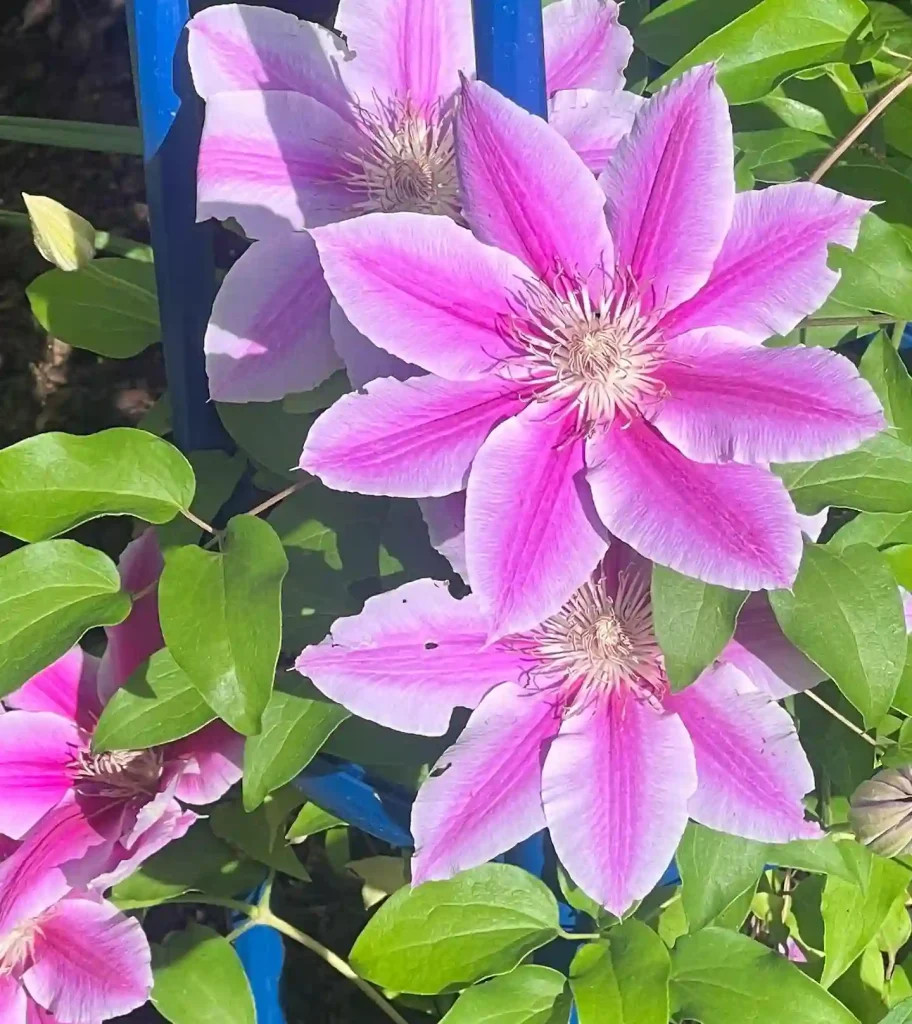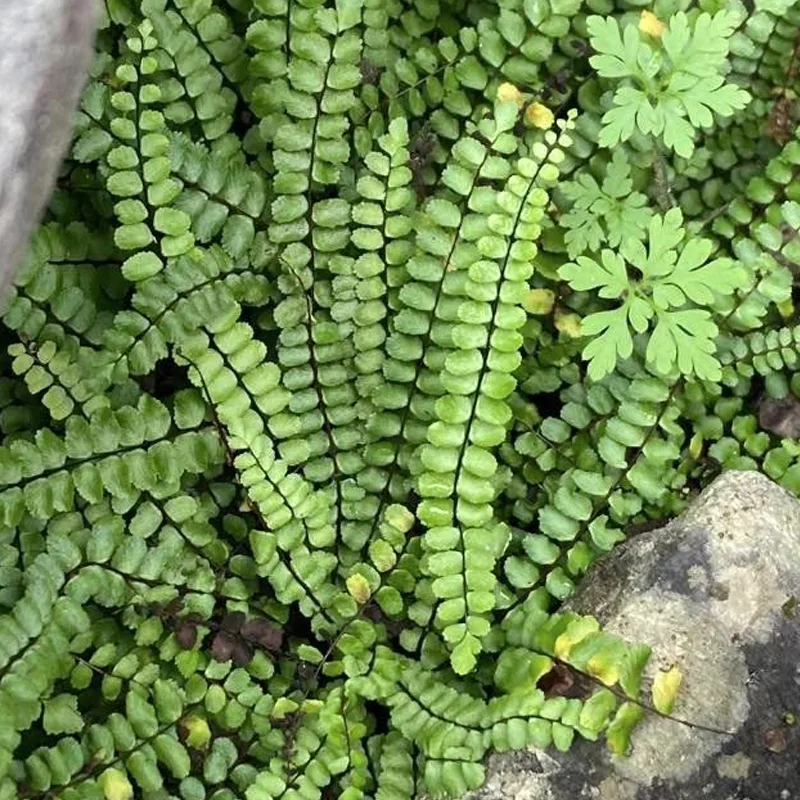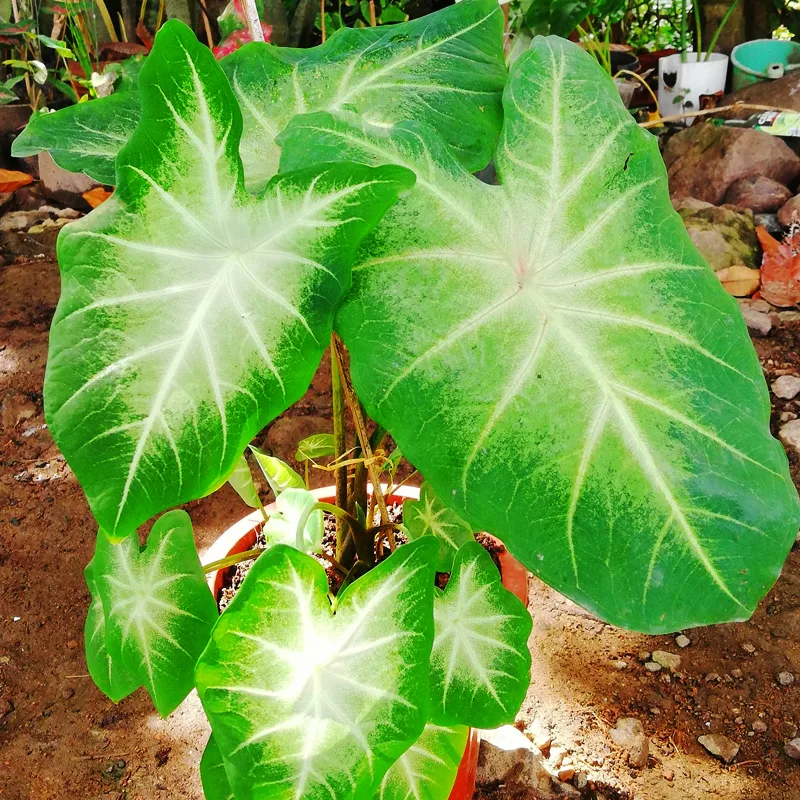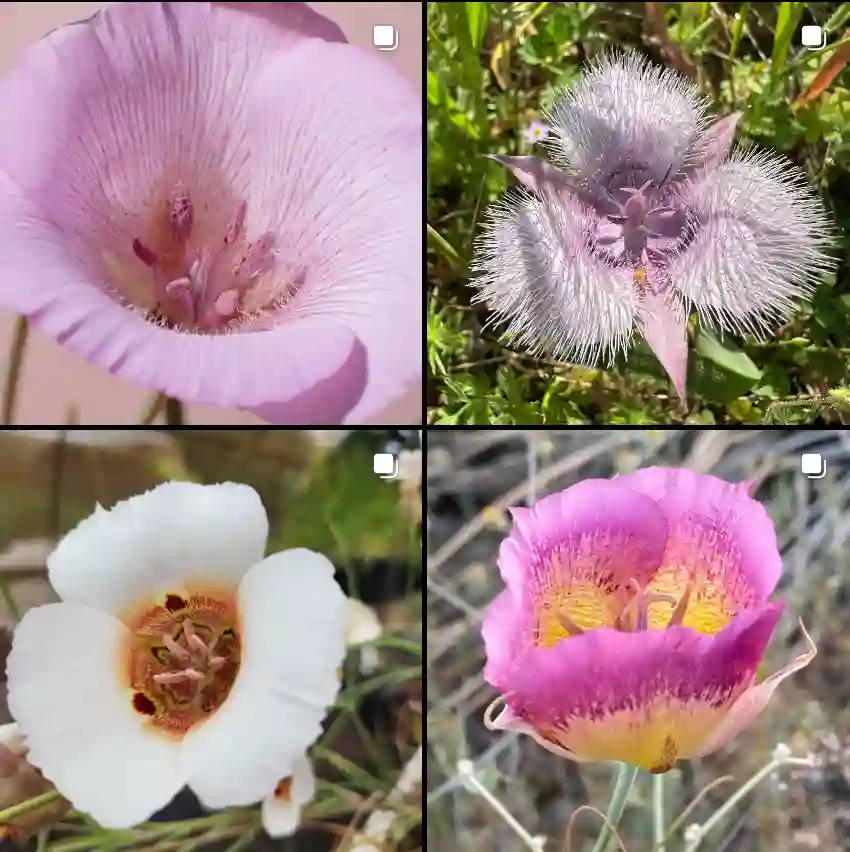My Fascination with Myrtaceae
My name is Ferb Vu, and I’ve always been fascinated by the natural world. One particular plant family that has captured my attention is Myrtaceae. This diverse family, also known as the myrtle family, is a treasure trove of aromatic plants, many of which have significant economic and ecological importance.
Aromatic Diversity
The Myrtaceae family is renowned for its aromatic members. Many species contain essential oils, which are responsible for their distinctive scents. These oils have a wide range of uses, from perfumes and cosmetics to flavorings and medicinal applications. Some of the most well-known aromatic plants in this family include:
- Eucalyptus: Native to Australia, eucalyptus trees are known for their tall stature and distinctive aroma. Eucalyptus oil is used in a variety of products, including cough drops, inhalants, and cleaning products.
- Clove: The dried flower buds of the clove tree are a popular spice used in both sweet and savory dishes. Clove oil also has antiseptic and pain-relieving properties.
- Allspice: This spice, also known as Jamaica pepper, has a complex flavor that resembles a combination of cloves, cinnamon, and nutmeg. It’s used in many cuisines, particularly in Caribbean and Latin American dishes.
Global Distribution
The Myrtaceae family boasts a wide distribution, with species found in tropical and subtropical regions around the world. They are particularly abundant in Australia, South America, and Southeast Asia. Some notable examples of their global distribution include:
- Australia: The eucalyptus forests of Australia are a testament to the dominance of Myrtaceae in this region. The country is home to hundreds of eucalyptus species, which play a vital role in the ecosystem.
- South America: The Amazon rainforest is another hotspot for Myrtaceae diversity. Many species, including various members of the genera Myrcia and Eugenia, thrive in this lush environment.
- Southeast Asia: The region is home to several economically important Myrtaceae species, including clove and rambutan. These plants contribute significantly to the agricultural and horticultural sectors of Southeast Asian countries.
Genera Galore
The Myrtaceae family is vast, encompassing over 130 genera and thousands of species.
- Eucalyptus: This iconic genus includes over 800 species of trees and shrubs. – 803 Species in Genus Eucalyptus
- Eugenia: This large genus comprises over 1,200 species, including many fruit-bearing plants such as the rose apple and Surinam cherry. – 1224 Species in Genus Eugenia
- Melaleuca: This genus, also known as paperbarks, includes about 300 species of trees and shrubs. Many Melaleuca species have medicinal properties. – 385 Species in Genus Melaleuca
- Psidium: This genus includes the guava, a popular tropical fruit known for its sweet and tangy flavor. – 78 Species in Genus Psidium
- Syzygium: This genus encompasses over 1,200 species, including the clove tree and the Java plum. – 1237 Species in Genus Syzygium
- Acca O.Berg
- Accara Landrum
- Actinodium S.Schauer ex Schltdl.
- Aggreflorum Peter G.Wilson
- Agonis (DC.) Sweet – 5 Species in Genus Agonis
- Algrizea Proença & NicLugh.
- Allosyncarpia S.T.Blake
- Aluta Rye & Trudgen
- Amomyrtella Kausel
- Amomyrtus (Burret) D.Legrand & Kausel
- Angophora Cav.
- Anticoryne Turcz.
- Apectospermum Peter G.Wilson
- Archirhodomyrtus (Nied.) Burret
- Arillastrum Pancher ex Baill.
- Astartea DC.
- Asteromyrtus S.Schauer
- Astus Trudgen & Rye
- Austrobaeckea Rye
- Austromyrtus (Nied.) Burret
- Babingtonia Lindl.
- Backhousia Hook. & Harv.
- Baeckea L.
- Balaustion Hook.
- Barongia Peter G.Wilson & B.Hyland
- Basisperma C.T.White
- Blepharocalyx O.Berg
- Calycolpus O.Berg
- Calytrix Labill.
- Campomanesia Ruiz & Pav.
- Chamelaucium Desf. – 21 Species in Genus Chamelaucium
- Chamguava Landrum
- Cheyniana Rye
- Cloezia Brongn. & Gris
- Corymbia K.D.Hill & L.A.S.Johnson
- Curitiba Salywon & Landrum
- Cyathostemon Turcz.
- Darwinia Rudge
- Decaspermum J.R.Forst. & G.Forst.
- Enekbatus Trudgen & Rye
- Ericomyrtus Turcz.
- Eucalyptopsis C.T.White
- Euryomyrtus S.Schauer
- Feijoa O.Berg – 2 Species in Genus Feijoa – Pineapple Guava
- Gaudium Peter G.Wilson
- Gossia N.Snow & Guymer
- Harmogia S.Schauer
- Heteropyxis Harv.
- Homalocalyx F.Muell.
- Homalospermum S.Schauer
- Homoranthus A.Cunn. ex S.Schauer
- Hypocalymma (Endl.) Endl.
- Hysterobaeckea (Nied.) Rye
- Kanakomyrtus N.Snow
- Kania Schltr.
- Kardomia Peter G.Wilson
- Kjellbergiodendron Burret
- Kunzea Rchb.
- Legrandia Kausel
- Lenwebbia N.Snow & Guymer
- Leptospermopsis S.Moore
- Leptospermum J.R.Forst. & G.Forst. – 47 Species in Genus Leptospermum
- Lindsayomyrtus B.Hyland & Steenis
- Lithomyrtus F.Muell.
- Lophomyrtus Burret
- Lophostemon Schott
- Luma A.Gray – 2 Species in Genus Luma
- Lysicarpus F.Muell.
- Malleostemon J.W.Green
- Metrosideros Banks ex Gaertn.
- Micromyrtus Benth.
- Mitrantia Peter G.Wilson & B.Hyland
- Mosiera Small
- Myrceugenia O.Berg
- Myrcia DC. ex Guill.
- Myrcianthes O.Berg
- Myrciaria O.Berg
- Myrrhinium Schott
- Myrtastrum Burret
- Myrtella F.Muell.
- Myrteola O.Berg
- Myrtus Tourn. ex L. – 2 Species in Genus Myrtus
- Neofabricia Joy Thomps.
- Neomitranthes D.Legrand
- Neomyrtus Burret
- Nothomyrcia Kausel
- Ochrosperma Trudgen
- Octamyrtus Diels
- Osbornia F.Muell.
- Oxymyrrhine S.Schauer
- Pericalymma (Endl.) Endl.
- Pileanthus Labill.
- Pilidiostigma Burret
- Pimenta Lindl. – 20 Species in Genus Pimenta
- Pleurocalyptus Brongn. & Gris
- Plinia Plum. ex L.
- Psiloxylon Thouars ex Tul.
- Purpureostemon Gugerli
- Rhodamnia Jack
- Rhodomyrtus (DC.) Rchb.
- Rinzia S.Schauer
- Ristantia Peter G.Wilson & J.T.Waterh.
- Sannantha Peter G.Wilson
- Scholtzia S.Schauer
- Seorsus Rye & Trudgen
- Siphoneugena O.Berg
- Sphaerantia Peter G.Wilson & B.Hyland
- Stenostegia A.R.Bean
- Stockwellia D.J.Carr, S.G.M.Carr & B.Hyland
- Syncarpia Ten.
- Taxandria (Benth.) J.R.Wheeler & N.G.Marchant
- Temu O.Berg
- Tetrapora S.Schauer
- Thaleropia Peter G.Wilson
- Thryptomene Endl.
- Triplarina Raf.
- Tristania R.Br.
- Tristaniopsis Brongn. & Gris
- Ugni Turcz.
- Uromyrtus Burret
- Verticordia DC.
- Welchiodendron Peter G.Wilson & J.T.Waterh.
- Whiteodendron Steenis
- Xanthomyrtus Diels
- Xanthostemon F.Muell.
Ecological Importance
Beyond their economic value, Myrtaceae plants play a crucial role in the ecosystems they inhabit. They provide food and shelter for a wide range of animals, including birds, insects, and mammals. Additionally, their deep roots help to stabilize soil and prevent erosion.
Conclusion
My fascination with the Myrtaceae family continues to grow as I learn more about their diversity, uses, and ecological significance. From the towering eucalyptus trees of Australia to the aromatic clove buds used in kitchens worldwide, this plant family has left an indelible mark on our planet. I look forward to exploring more about these remarkable plants and sharing my discoveries with others who share my passion for the natural world.
If i die, water my plants!



